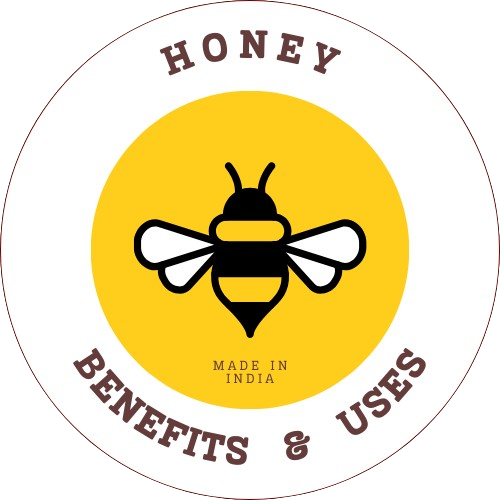Yes, it does. It shows antibacterial activity against a wide range of bacteria.
Honey crystallizes due to the high fructose and glucose concentration. As the honey ages, the liquid composition decreases, and the honey crystallizes.
Natural honey that has not undergone any man-made processes never goes bad. It may crystalize and severely harden over time, however. The 300-year-old honey found in King Tutankhamun’s tomb was still edible.
The taste, texture, and even smell of honey are determined by the type of nectar the bees use to make their honey. So, the species of flower determines the type of honey.
Yes, you absolutely can. You can substitute equal quantities of honey for sugar – up to one cup. Once the required amount of sugar is more than one cup, you can substitute it with two-thirds of a cup of honey. This is because honey is naturally sweeter than sugar.
When baking with honey you need to remember the following:
– Your baked goods will brown faster and cook quicker, so lower your heat by 25 degrees Fahrenheit or 4 degrees Celsius.
– Decrease the amount of liquid called for in a recipe because honey also contains some water.
– If your recipe calls for acid ingredients, add a quarter teaspoon of baking soda. This is because honey is slightly acidic.
You can either place your jar of crystalized honey in warm water or put it in the microwave on a low setting for a minute or two. Your honey will quickly become liquid again. Please take note that very high temperatures can damage the unique composition of honey. So, do not warm it up to very high temperatures.
Because of the antioxidant, antibacterial, and anti-inflammatory properties of honey, it is often used to help with wound healing, burns, and even for coughs.
